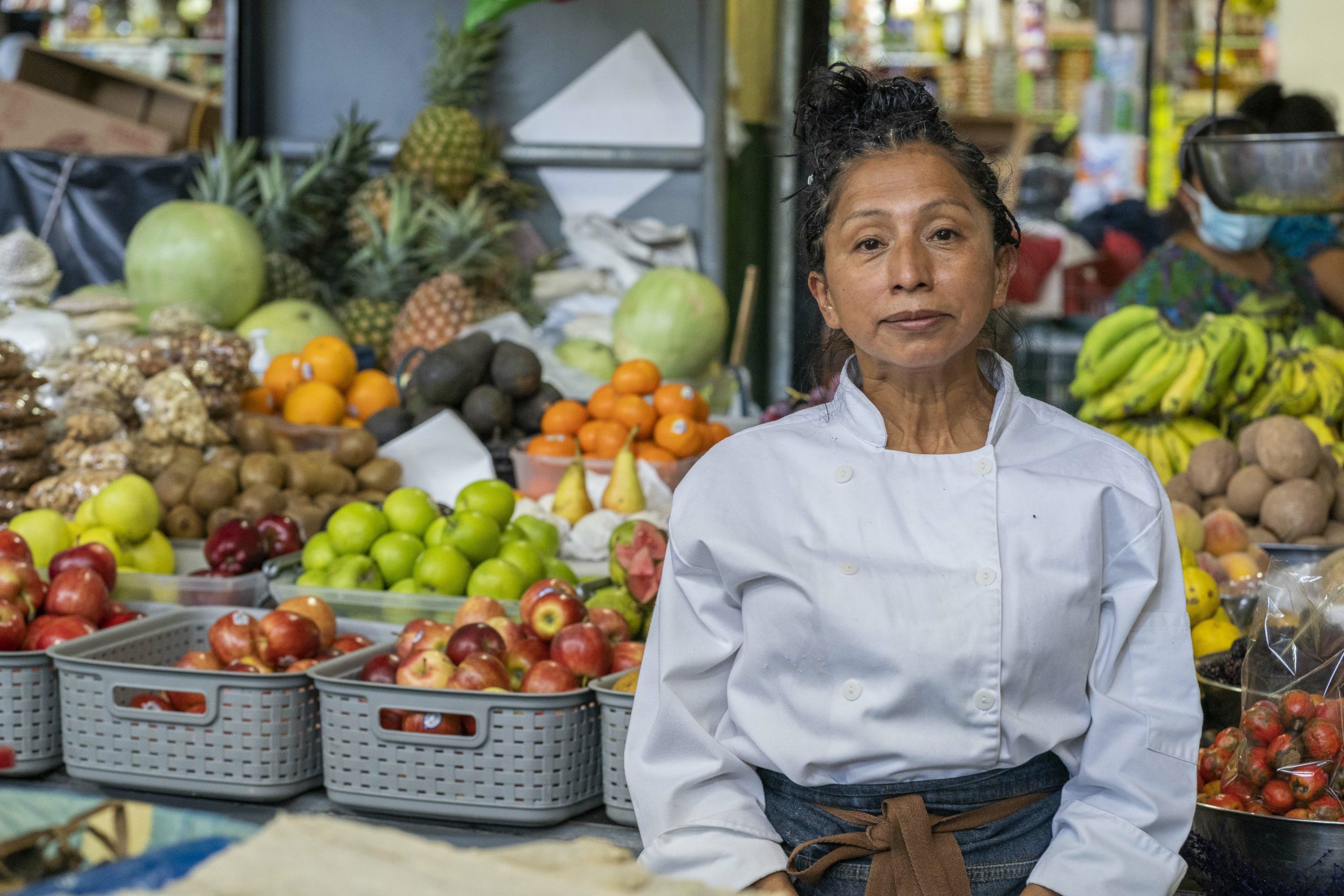Abortion rights, women of color, and LGBTQI+ people are under attack. Pledge to join us in fighting for gender justice.

The economic instability Latinas continue to face confirms what we already know: without public investments and policies to shift how we do business, Latinas will continue to face racism and sexism at every turn in our economy. In 2022, the most recent data available, Latinas working full time, year-round were typically paid just 57 cents for every dollar paid to white, non-Hispanic men. This pay gap amounts to a loss of $2,538 every month, $30,450 every year, and $1,218,000 over a 40-year career. This already enormous wage gap widens even further when part-time and part-year workers are included. Using this comparison, Latinas were typically paid only 52 cents for every dollar paid to white, non-Hispanic men in 2022.
Latinas are disproportionately represented in the low-paid workforce—the share of Latinas in the low-paid workforce (15.9%) is nearly double their overall share of the workforce (8.0%). Among Latinas working full time in low-paid jobs, nearly four in 10 (38.9%) lived in or near poverty and among those working part time, nearly half (48.1%) lived in or near poverty in 2021 (the most recent data available). Latinas need to close the wage gap to achieve economic security.
Racist and sexist wage gaps have always existed, and Latinas’ economic stability has been further harmed by the COVID-19 pandemic. As we continue to move forward, we must address our long underinvestment in economic and social infrastructure and the inadequate protections that continue to leave Latinas stranded at the intersection of racial, ethnic, and gender inequities.

